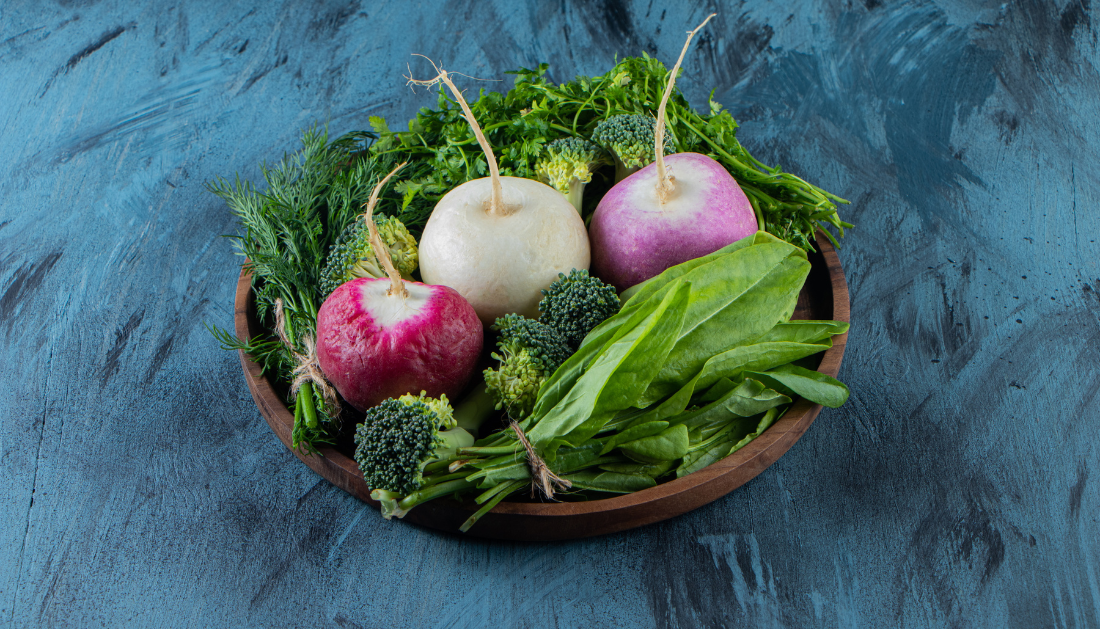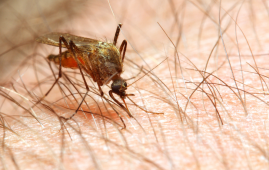

Researchers conducted a crossover-design randomized controlled trial (RCT) in a recent study that was published in BMC Medicine to investigate the impact of cruciferous vegetable consumption on blood pressure (BP) among Australian individuals with moderate hypertension.
Context
One of the main risk factors for cardiovascular disease is high blood pressure. There is little evidence that cruciferous vegetables reduce blood pressure in people, although they can in animals. Improved endothelial function, fewer hyperglycemia problems, and a decrease in the formation and advancement of atherosclerotic plaque are among their benefits for cardiovascular health. In addition to these blood pressure-influencing nutrients, cruciferous vegetables also include vitamin C, nitrate, magnesium, vitamin K, folate, and flavonoids.
Meta-analyses and observational studies show that consuming more cruciferous vegetables reduces the risk of cardiovascular disease. Similar outcomes were obtained using objective biomarkers of cruciferous vegetable such like urinary thiocyanate. It’s unclear, nevertheless, how cruciferous veggies improve cardiovascular health.
The randomised controlled trial (RCT) examined the potential impact of cruciferous vegetable consumption on brachial systolic blood pressure (SBP) in Australian people with moderate hypertension.
Participants in the VEgetableS for vaScular hEaLth (VESSEL) research were sought for between August 2019 and March 2021, with ages ranging from 50 to 75. Participant diastolic blood pressure was less than 100 mm Hg, while SBP readings varied from 120 to 160 mm Hg. To determine their baseline dietary intake, they answered the Dietary Questionnaire for Epidemiological Studies (DQES).
The trial participants were randomized by the researchers to receive 14-day dietary interventions followed by a 14-day washout period. They contrasted the consumption of squash and root vegetables (control, four servings, 300 g daily) and cruciferous vegetables (active intervention, four servings, 300 g daily) as soups during meals. 10% kale, 25% cabbage, 25% cauliflower, and 40% broccoli made up the active soup. 10% sweet potato, 20% carrot, 30% pumpkin, and 40% potato made up the control soup.
Dietary adherence was measured using diet diaries and biological indicators such serum carotenoids and urine and serum S-methyl cysteine sulfoxide (SMCSO). Biomarker values were determined using tandem mass spectrometry and high-performance liquid chromatography (HPLC). The 24-hour brachial SBP was the main research outcome. Inflammation, oxidative stress, and vascular stiffness were secondary results.
Every 20 minutes during the day (6 am to 10 pm) and every 30 minutes at night (10 pm to 6 am), blood pressure readings were obtained by BP monitors. The stiffness of the ambulatory arteries was assessed by the aortic augmentation index (AIx). Before and after the intervention, the researchers took measurements of the following: height, weight, body mass index (BMI), hip and waist circumferences, and fat mass. The Perceived Stress Scale (PSS) measured stress, and the Community Healthy Activities Model Program for Seniors (CHAMPS) examined physical activity.
In order to quantify inflammation, serum high-sensitivity interleukin-6 (hsIL-6) levels were measured using enzyme-linked immunosorbent assays (ELISA). Serum and urine levels of creatinine, potassium, and sodium were investigated. Serological triglycerides, glucose, total cholesterol, high-density lipoprotein (LDL), low-density lipoprotein (LDL), and high-sensitivity C-reactive protein (hs-CRP) were also measured by the researchers. SBP changes were assessed before and after the intervention using linear-type mixed-effects regressions. People who had more than 20% of their measures missing or who had gone more than four hours without collecting their blood pressure readings were not included in the study.
Results
The 18 participants in the study had a median age of 68 years; 16 of them were female, their mean SBP was 136 mm Hg, and their BMI ranged from 21 to 35 kg/m2. 72% of individuals followed the intervention to the letter, with the majority (94%) being Caucasian. The average amount of cruciferous veggies consumed each day was 26 g. There were significant differences in SMCSO and carotenoid levels between the groups (active versus control mean difference: 23 mg of SMCSO and 0.97 mg of carotenoids per milliliter.
After the active intervention compared to control, the 24-hour brachial systolic blood pressure values significantly decreased (a 2.5 mm Hg-mean difference). The active group’s pre- and post-intervention SBP readings were 126.8 mm Hg and 124.4 mm Hg, respectively. In the control groups, the comparable values were 125.5 and 124.8 mm of Hg, respectively. With a mean decrease of 3.60 mm Hg, daytime SBP was the main driver of the alterations.
Following the intervention, there was a significant decrease in serum triglyceride levels (active versus control, with a 0.20 mmol per L-mean difference). The intervention’s effects on SBP were irrespective of weight loss or consumption of sodium or potassium in the diet. Serum sulforaphane was markedly elevated following the active intervention, indicating a potential lowering of blood pressure by glucosinolates, most especially glucoraphanin. These substances block nuclear factor kappa B (NF-θB) pathways and raise the activity of nuclear factor erythroid 2-related factor 2 (Nrf2). Moreover, they might contribute hydrogen sulfide (H2S) to cause vasodilation.
Following the intervention, serum triglyceride levels considerably decreased (active versus control, a 0.20 mmol per L-mean difference). Weight loss and potassium and salt consumption in the diet had no bearing on the intervention’s improvements in SBP. Serum sulforaphane levels were dramatically raised by the active intervention, indicating a potential BP reduction effect of glucosinolates, notably glucoraphanin. Both nuclear factor kappa B (NF-θB) pathways and nuclear factor erythroid 2-related factor 2 (Nrf2) activity are inhibited by these substances. To cause vasodilation, they might also function as donors of hydrogen sulfide (H2S).
For more information: Cruciferous vegetables lower blood pressure in adults with mildly elevated blood pressure in a randomized, controlled, crossover trial: the VEgetableS for vaScular hEaLth (VESSEL) study, BMC Medicine, https://doi.org/10.1186/s12916-024-03577-8
more recommended stories
 Perinatal Mental Health Challenges Highlighted in New Study
Perinatal Mental Health Challenges Highlighted in New StudyMental Health Challenges in New Parents:.
 Walking Speed Before Hip Replacement Predicts Recovery
Walking Speed Before Hip Replacement Predicts RecoveryNew Evidence Points to a Simple,.
 Neuroblastoma Drug Combo Extends Survival in Models
Neuroblastoma Drug Combo Extends Survival in ModelsA Promising Shift in High-Risk Neuroblastoma.
 How Soybean Oil Impacts Weight Gain and Metabolism
How Soybean Oil Impacts Weight Gain and MetabolismWhy Soybean Oil May Affect Metabolism.
 New Malaria Prevention Insights From African Biostatistics
New Malaria Prevention Insights From African BiostatisticsHow New Data Is Reframing Malaria.
 Coffee and Cognitive Function: Evidence Review
Coffee and Cognitive Function: Evidence ReviewA new narrative review in Cureus.
 World Summit Outlines Core Principles for Healthy Longevity
World Summit Outlines Core Principles for Healthy LongevityWhy Healthy Longevity Demands a New.
 Colorectal Cancer Screening Rates Low in Adults 45–49
Colorectal Cancer Screening Rates Low in Adults 45–49Recent UCLA research reveals that colorectal.
 Gut Immune Cells and Long-Lasting Antiviral Protection.
Gut Immune Cells and Long-Lasting Antiviral Protection.Breakthrough Findings on How Gut Immune.
 Mild Pancreatic Duct Dilatation Signals Higher Cancer Risk
Mild Pancreatic Duct Dilatation Signals Higher Cancer RiskEarly Structural Changes Offer Critical Clues.

Leave a Comment